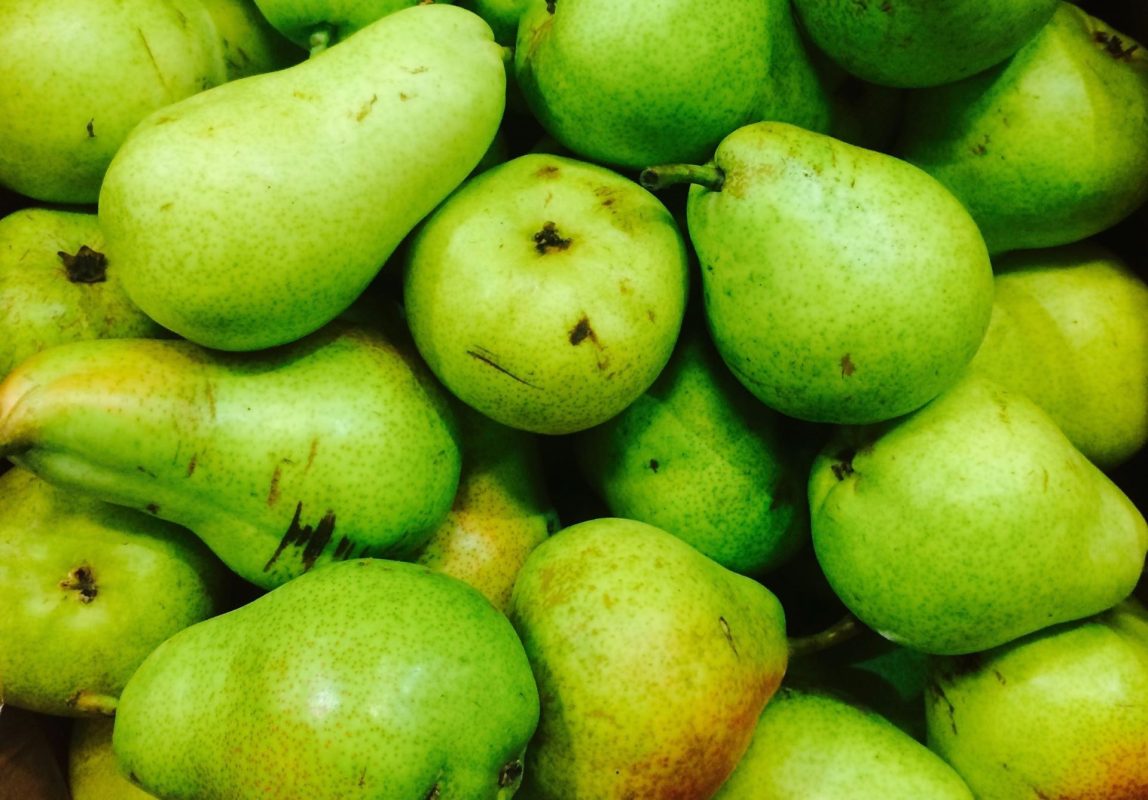YETRAC
Pear Cultivation: Climate Requirements, Pollination Biology, Rootstocks, And Varieties
Table of Contents
TogglePear Cultivation: Climate Requirements, Pollination Biology, Rootstocks, And Varieties
Pear cultivation, native to Anatolia and its surroundings, holds significance among global producers. However, a decline in production has been observed due to the significant damage caused by fire blight disease.
Ecological Requirements:
Climate Requirements
Pears are fruits of temperate climates and can withstand temperatures down to -30 ºC. Their flowering precedes that of apples, making them susceptible to late spring frosts. Therefore, pear orchards should not be established in low-lying areas where cold air settles.
Soil Requirements
While pears are not very selective about soil, it is preferable to use deep, warm, and well-draining soils for obtaining abundant and high-quality fruit. Fruit quality tends to degrade in excessively sandy and dry soils. Caution should be exercised with shallow-lime or highly lime-containing soils.
Pollination Biology
Pear varieties are partially or completely self-sterile, emphasizing the necessity of using pollinizer varieties for consistent and plentiful yields. When selecting pollinizer varieties, attention should be paid to their simultaneous flowering with the main variety. Additionally, the pollinizer should produce flowers annually without showing periodical flowering. Ideally, the proportion of pollinizer varieties in the orchard should be between 10-15%. When planning planting, the distance between the main and pollinizer varieties should not exceed 15 meters.
To enhance pollination and fertilization in pear orchards, the presence of bees is crucial. Generally, a strong colony of bees per 4-5 acres is recommended. Beehives should be placed in the orchard when 15-20% of the flowers have opened, and they should be removed before the start of pesticide applications.
Rootstocks
The most reliable and widely used method in pear cultivation is propagation with grafted seedlings. The ‘T’ bud grafting method is applied to young rootstocks. Rootstocks such as pear seedlings, pear clonal rootstocks, and quince clonal rootstocks (especially Quince-A) are commonly used. Quince-A is not suitable for lime-rich and poorly-draining soils.
Varieties
Although there are over 5000 pear varieties worldwide, the number of commercially valuable varieties in Turkey is limited. Some notable varieties include:
- June Beauty: The earliest variety, ripening in late June.
- Akça: The earliest ripening local variety, harvested in early July.
- Mustafabey: Harvested in mid-July, with sweet and aromatic flesh.
- Coscia: Harvested at the end of July, not compatible with quince.
- Santa Maria: Harvested at the end of July to early August, suitable for long storage.
- Williams: Widely grown globally, harvested in mid-August, suitable for various uses.
- Doyenne du Comice: Harvested in mid-September, compatible with quince.
- Passe Crassane: Large, round fruit, suitable for extended storage, harvested in late September.
- Deveci: Harvestable in the third week of October, moderately vigorous.
Orchard Establishment
Pear orchards can be established either with grafted seedlings or by first growing seedlings and then grafting varieties in arid conditions. When establishing a closed pear orchard (solely pear), healthy, correctly named, grafted, and one-year-old seedlings should be used.
Annual Maintenance in Pear Orchards:
Soil Cultivation
To eliminate weeds, aerate the soil, retain moisture, and ensure soil warming, soil cultivation should be performed twice a year. The fall-winter cultivation should be done by the end of December, and the spring cultivation should be completed by early March, both at a depth of 8-10 cm.
Fertilization
Soil analysis should be conducted before fertilization planning. Chemical fertilizers should be applied in a way that does not come into contact with the tree’s crown projection and trunk. Nitrogen fertilization in pears should be carefully managed to avoid excessive shoot growth, triggering “fire blight” disease. Generally, nitrogen fertilization can be done with 250–500 g/tree of pure nitrogen. Deficiencies in iron and boron are common in pears, and elements should be supplied based on the plants’ needs.
Pruning
Due to the vertical growth tendency of pear trees, pruning methods close to the tree are preferred. The modified leader training system is commonly used for pears. Pruning should be light, considering the disease control of fire blight.
Fruit Thinning
Pears require less thinning compared to apples, but the number of fruits should be controlled.
Harvesting
The determination of harvest maturity is based on the base color of the fruit skin, detachment status from the branch, flesh firmness, and the period from full bloom to maturity. Harvesting should be repeated at least three times per tree.

